Home>Gardening & Outdoor>Landscaping Ideas>When To Cut Newly Planted Grass
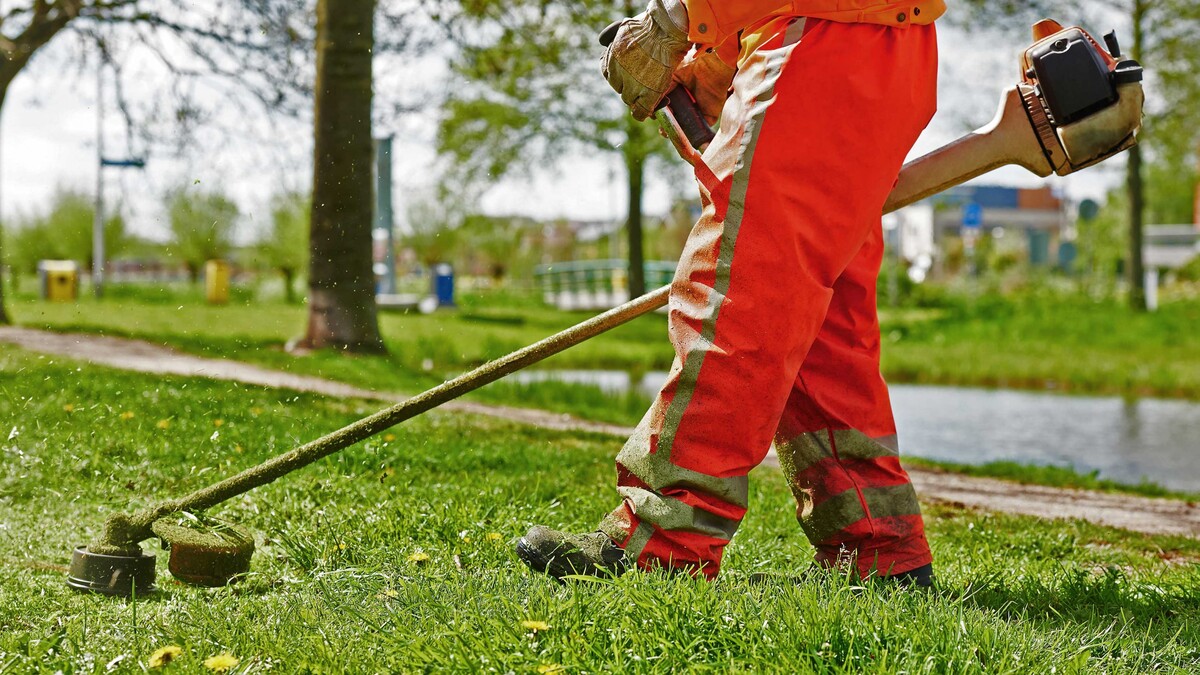

Landscaping Ideas
When To Cut Newly Planted Grass
Modified: August 18, 2024
Learn when to cut newly planted grass and get expert landscaping ideas to ensure a healthy and vibrant lawn. Discover the best practices for maintaining your newly planted grass.
(Many of the links in this article redirect to a specific reviewed product. Your purchase of these products through affiliate links helps to generate commission for Storables.com, at no extra cost. Learn more)
Best Time to Cut Newly Planted Grass
When it comes to tending to newly planted grass, timing is crucial. Cutting the grass at the right time can significantly impact its growth and overall health. The general rule of thumb is to wait until the grass reaches a height of around 3 to 4 inches before mowing for the first time. This typically occurs about 2 to 3 weeks after planting, but the exact timing can vary based on several factors.
The best time to cut newly planted grass is when it has established a strong root system and is actively growing. This usually happens when the grass has reached the recommended height and shows no signs of stress or damage. Mowing too early can hinder the grass's ability to develop deep roots, making it more susceptible to drought and other environmental stressors.
It's important to monitor the growth of the newly planted grass closely. Once it reaches the ideal height, it's time to prepare for the first mowing. However, it's crucial to ensure that the ground is not too wet or too dry. Mowing wet grass can lead to an uneven cut and potential damage to the soil, while mowing dry grass can put unnecessary stress on the plants.
In addition to the grass height and soil moisture, the time of day and weather conditions also play a role in determining the best time to mow newly planted grass. It's generally recommended to avoid mowing during the hottest part of the day to prevent the grass from experiencing shock. Opting for early morning or late afternoon when the weather is cooler can help minimize stress on the grass and promote quicker recovery.
By paying close attention to these factors and waiting for the opportune moment, you can ensure that the first mowing of newly planted grass sets the stage for healthy and vigorous growth. Timing is key when it comes to nurturing newly planted grass, and by adhering to the best practices, you can lay the groundwork for a lush and resilient lawn.
Key Takeaways:
- Timing is crucial when cutting newly planted grass. Wait until it reaches 3-4 inches in height, and consider soil moisture, time of day, and weather conditions for the best results.
- Use proper mowing techniques for newly planted grass, such as maintaining the right height, sharpening mower blades, and leaving clippings on the lawn for a healthy and vibrant lawn.
Read more: When To Cut Your Grass
Factors to Consider Before Cutting
Before reaching for the lawnmower to trim newly planted grass, it's essential to take several factors into account to ensure the optimal health and growth of the grass. Understanding these considerations can help you make informed decisions and set the stage for a thriving lawn.
1. Grass Height
The height of the grass serves as a crucial indicator for determining the right time to mow. Newly planted grass should ideally reach a height of 3 to 4 inches before the first mowing. This height allows the grass to establish a strong root system and ensures that it can recover effectively after being cut. Mowing too early can impede the grass's ability to develop deep roots, making it more vulnerable to stress and environmental factors.
2. Soil Moisture
The moisture content of the soil is another vital factor to consider before cutting newly planted grass. Mowing wet grass can result in an uneven cut and potentially damage the soil, while mowing dry grass can place unnecessary stress on the plants. It's important to ensure that the soil is neither too wet nor too dry before proceeding with mowing. Optimal soil moisture promotes a cleaner cut and minimizes stress on the grass.
3. Time of Day
The time of day when mowing is carried out can significantly impact the grass's response to being cut. It's advisable to avoid mowing during the hottest part of the day, as this can subject the grass to undue stress. Instead, opting for early morning or late afternoon when the weather is cooler can help mitigate the risk of shock and promote quicker recovery. By choosing the right time of day for mowing, you can minimize the impact on the grass and support its overall health.
Read more: When To Cut Decorative Grass
4. Weather Conditions
Weather conditions, such as temperature and humidity, also play a role in determining the suitability of mowing newly planted grass. Extreme heat or dry spells can place additional stress on the grass, making it more vulnerable to damage from mowing. Monitoring the weather forecast and selecting a day with moderate temperatures and adequate moisture can create an optimal environment for mowing and subsequent grass recovery.
By carefully considering these factors before cutting newly planted grass, you can ensure that the mowing process supports the grass's growth and resilience. Taking the time to assess these considerations can contribute to the long-term health and vibrancy of your lawn, setting the stage for a lush and thriving outdoor space.
Tips for Cutting Newly Planted Grass
When it comes to mowing newly planted grass, employing the right techniques can make a significant difference in promoting healthy growth and establishing a lush lawn. Here are some essential tips to consider when cutting newly planted grass:
1. Use the Right Mowing Height
Maintaining the appropriate mowing height is crucial for the health of newly planted grass. Set the mower deck to a height that allows the grass to remain at around 3 to 4 inches after cutting. This height promotes the development of strong roots and helps the grass withstand environmental stressors. Avoid cutting the grass too short, as this can weaken the plants and make them more susceptible to damage.
2. Sharpen Mower Blades
Sharp mower blades ensure a clean and precise cut, which is essential for the overall health of the grass. Dull blades can tear the grass, leading to a ragged appearance and making the plants more vulnerable to disease. Regularly sharpening the mower blades helps maintain the grass's integrity and supports its ability to recover quickly after mowing.
Read more: When To Cut Teff Grass
3. Follow the One-Third Rule
Adhering to the one-third rule is a fundamental practice when mowing newly planted grass. This rule dictates that only one-third of the grass blade should be removed during each mowing session. By following this guideline, you can avoid placing excessive stress on the grass and ensure that it can recover effectively after being cut.
4. Alternate Mowing Patterns
Varying the mowing patterns can prevent the grass from developing a grain and encourage more upright growth. Changing the direction of mowing with each session helps promote even distribution of sunlight and nutrients, leading to a more uniform and visually appealing lawn.
5. Leave Clippings on the Lawn
Allowing grass clippings to remain on the lawn after mowing can provide valuable nutrients to the newly planted grass. As the clippings decompose, they release essential nutrients back into the soil, contributing to the overall health and vitality of the grass.
6. Avoid Mowing in Extreme Conditions
Mowing newly planted grass during extreme weather conditions, such as intense heat or drought, can place undue stress on the plants. It's best to wait for more favorable weather before mowing to minimize the impact on the grass and support its recovery.
By incorporating these tips into your mowing routine, you can nurture newly planted grass and set the stage for a resilient and vibrant lawn. Employing proper mowing techniques and considerations can contribute to the long-term health and beauty of your outdoor space, allowing the newly planted grass to flourish and thrive.
Read more: When To Cut Ornamental Grass
Conclusion
In conclusion, the process of cutting newly planted grass requires careful consideration of various factors to ensure the optimal health and growth of the lawn. By waiting for the grass to reach the recommended height of 3 to 4 inches and assessing soil moisture, time of day, and weather conditions, homeowners can determine the best time to mow newly planted grass. This strategic approach sets the stage for the grass to establish a robust root system and recover effectively after being cut, ultimately contributing to a lush and resilient lawn.
Furthermore, it's essential to take into account specific factors before initiating the mowing process. Monitoring the grass height, soil moisture, time of day, and weather conditions allows for informed decision-making and supports the overall well-being of the newly planted grass. By carefully evaluating these considerations, homeowners can ensure that the mowing process aligns with the grass's growth and recovery needs, fostering a healthy and vibrant lawn.
Additionally, implementing the right mowing techniques is crucial for nurturing newly planted grass. Maintaining the appropriate mowing height, sharpening mower blades, following the one-third rule, alternating mowing patterns, and leaving clippings on the lawn all contribute to the grass's health and resilience. These practices support the grass's ability to withstand environmental stressors and promote even growth, ultimately leading to a visually appealing and thriving lawn.
In essence, the successful cultivation of newly planted grass hinges on a combination of strategic timing, thoughtful considerations, and proper mowing techniques. By adhering to these best practices, homeowners can lay the groundwork for a resilient and lush lawn that enhances the beauty of their outdoor space. Nurturing newly planted grass requires patience and attention to detail, but the rewards of a healthy and vibrant lawn make the effort well worth it.
Frequently Asked Questions about When To Cut Newly Planted Grass
Was this page helpful?
At Storables.com, we guarantee accurate and reliable information. Our content, validated by Expert Board Contributors, is crafted following stringent Editorial Policies. We're committed to providing you with well-researched, expert-backed insights for all your informational needs.
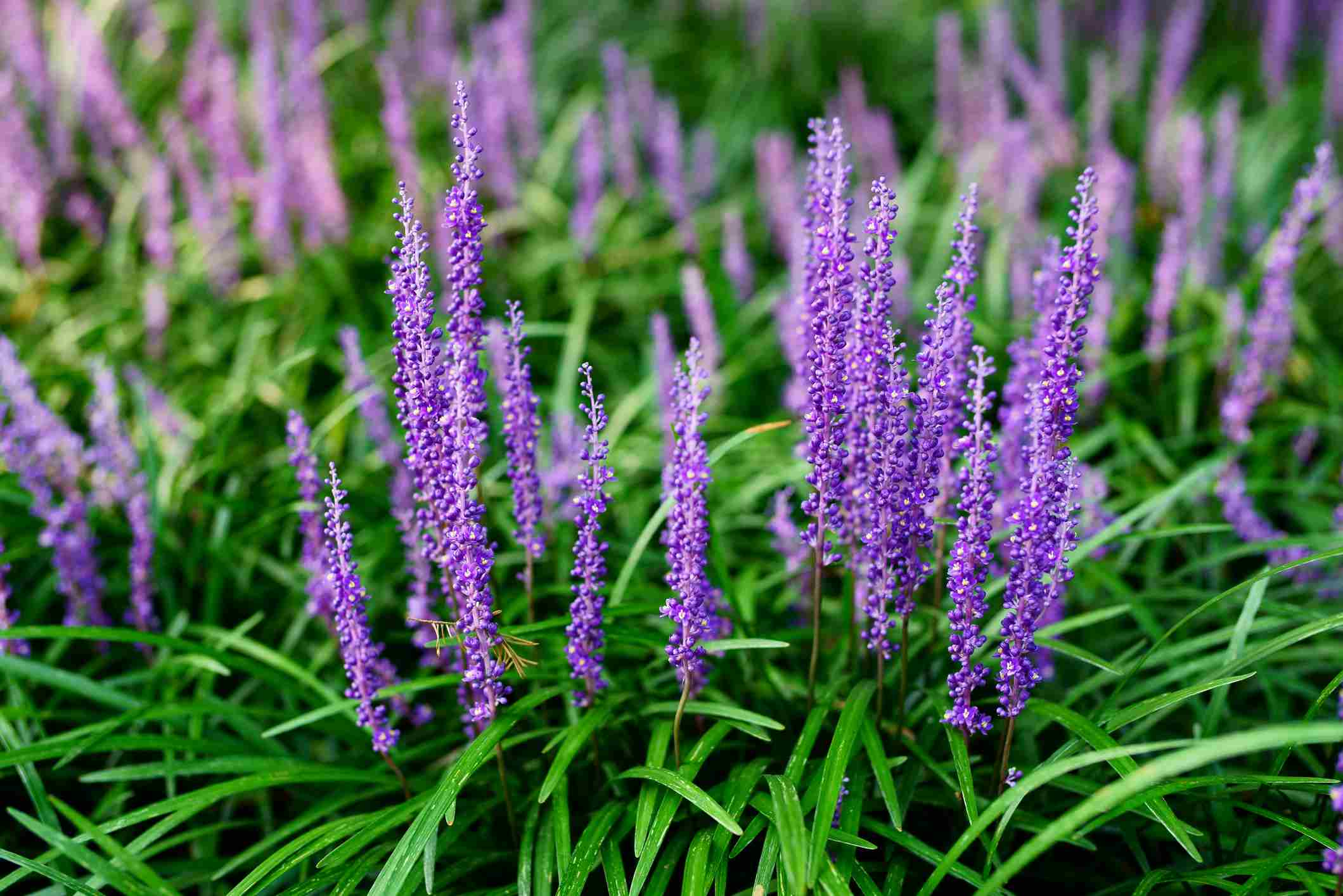
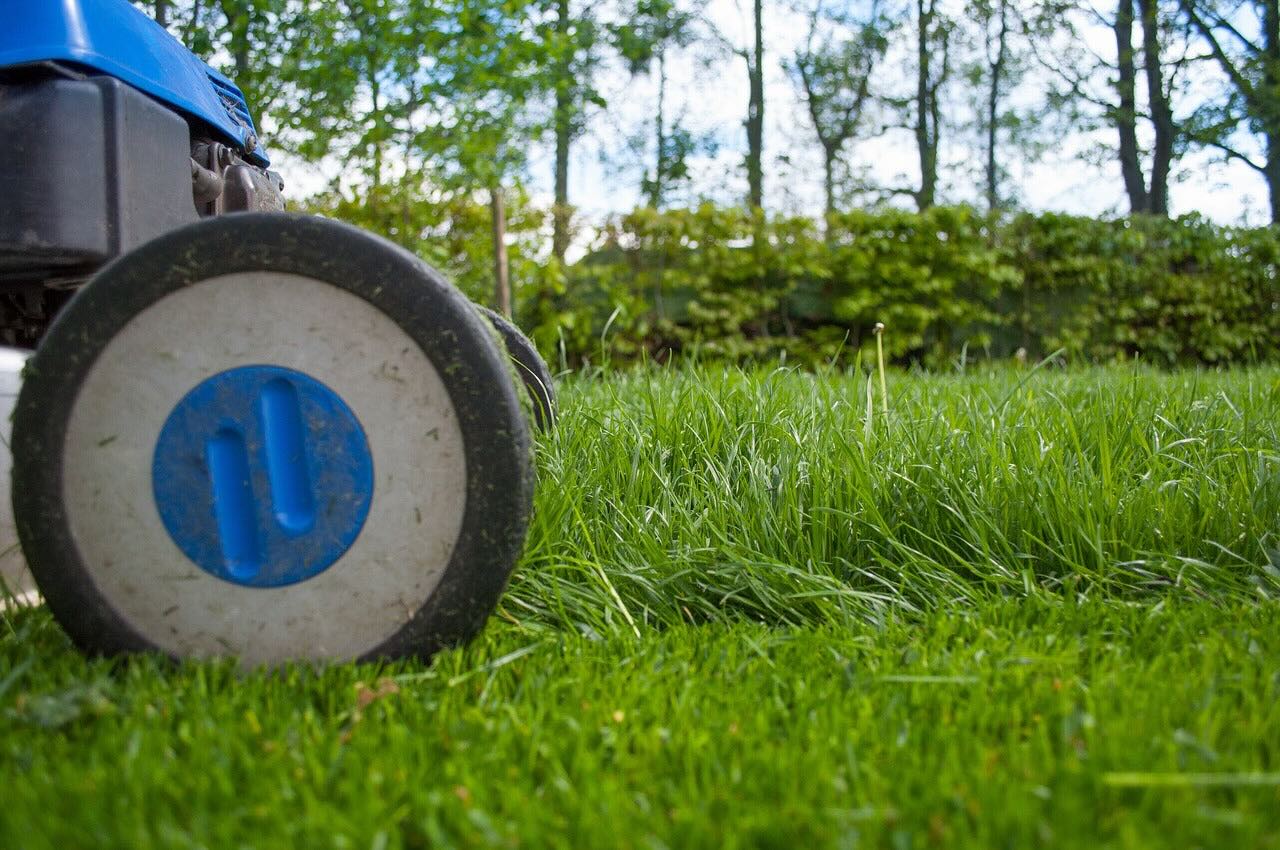
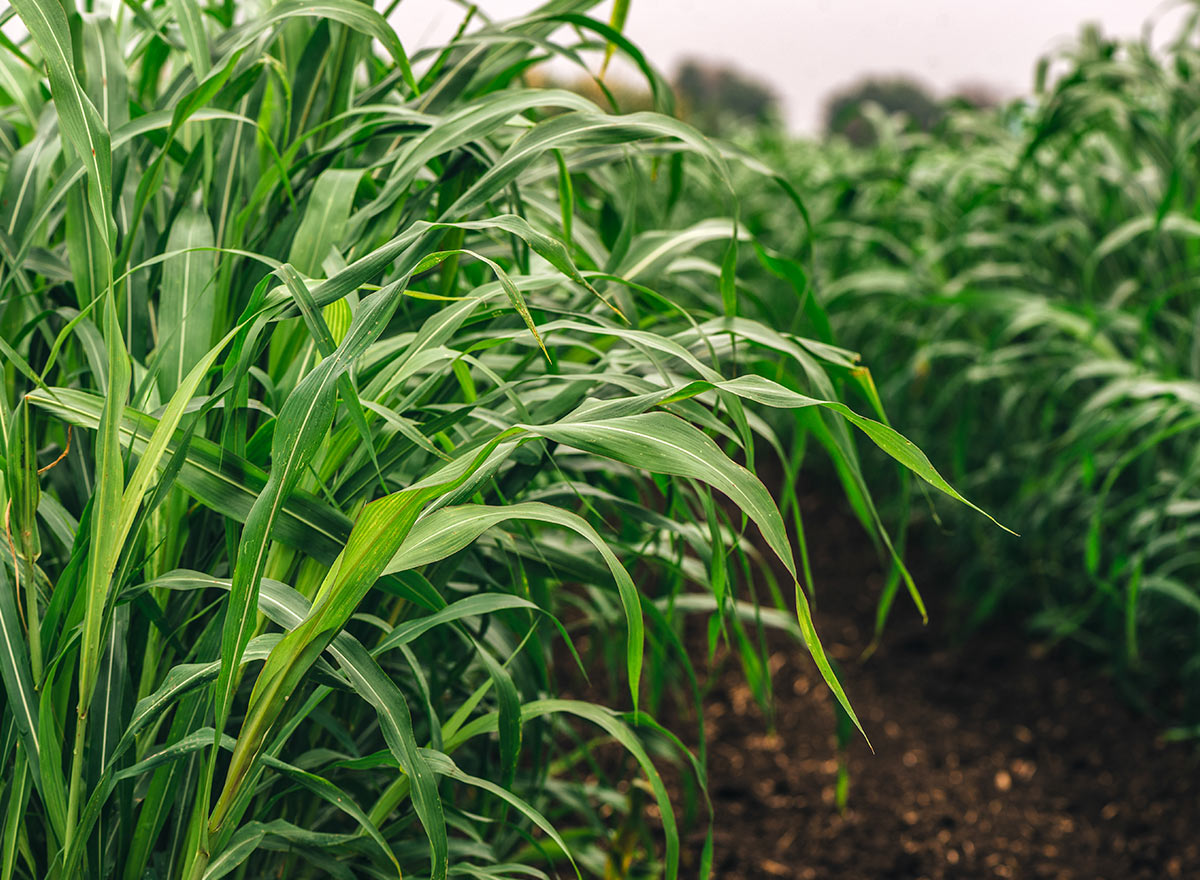
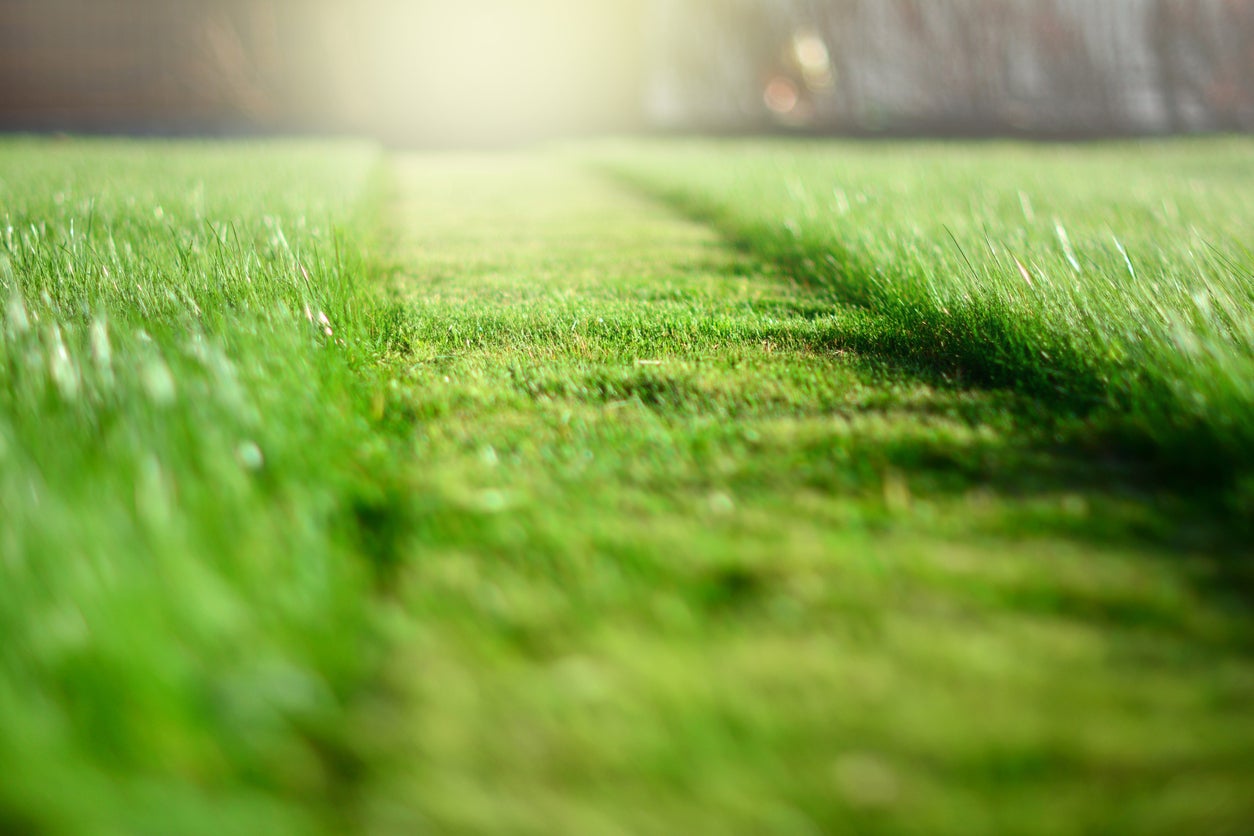
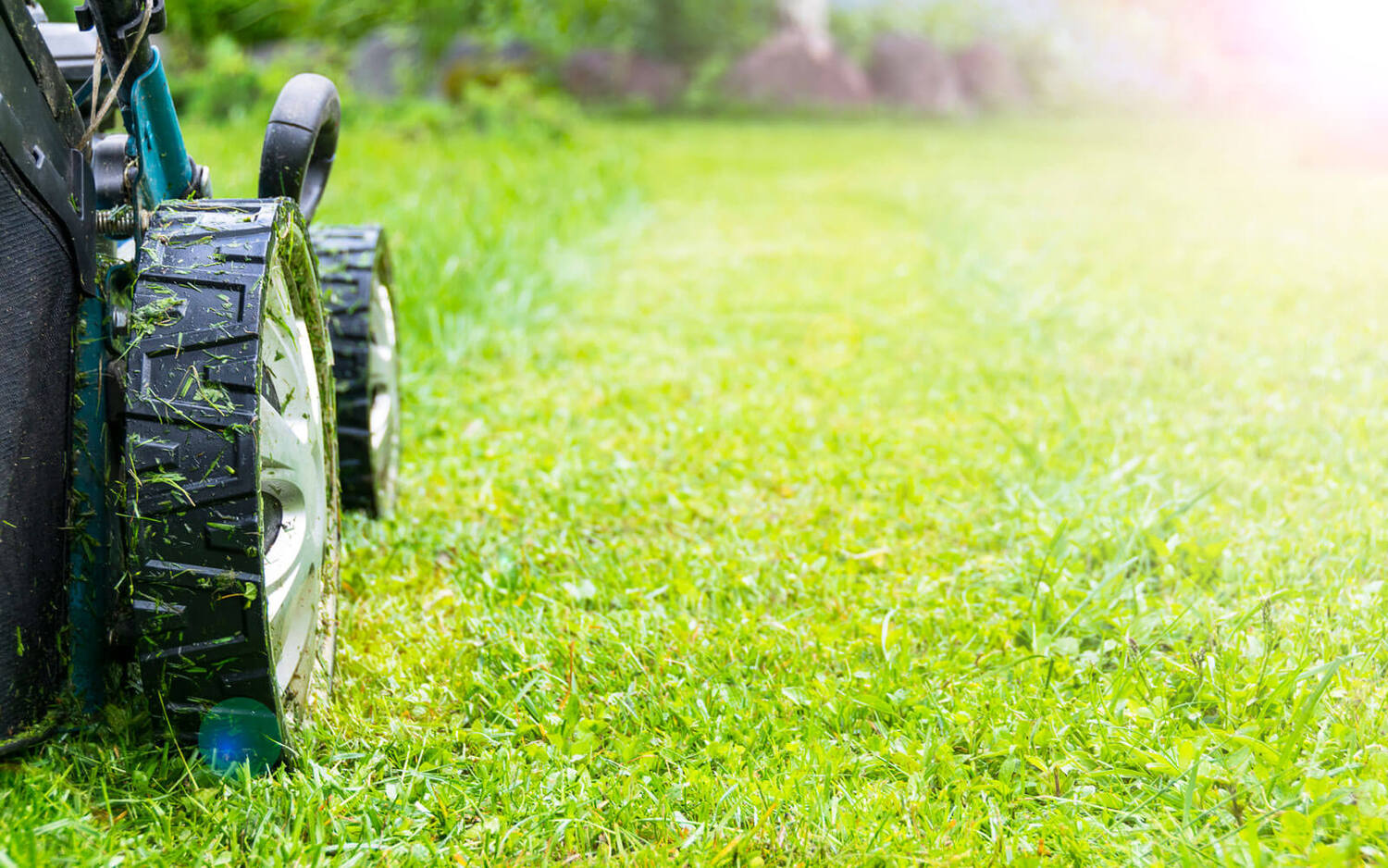
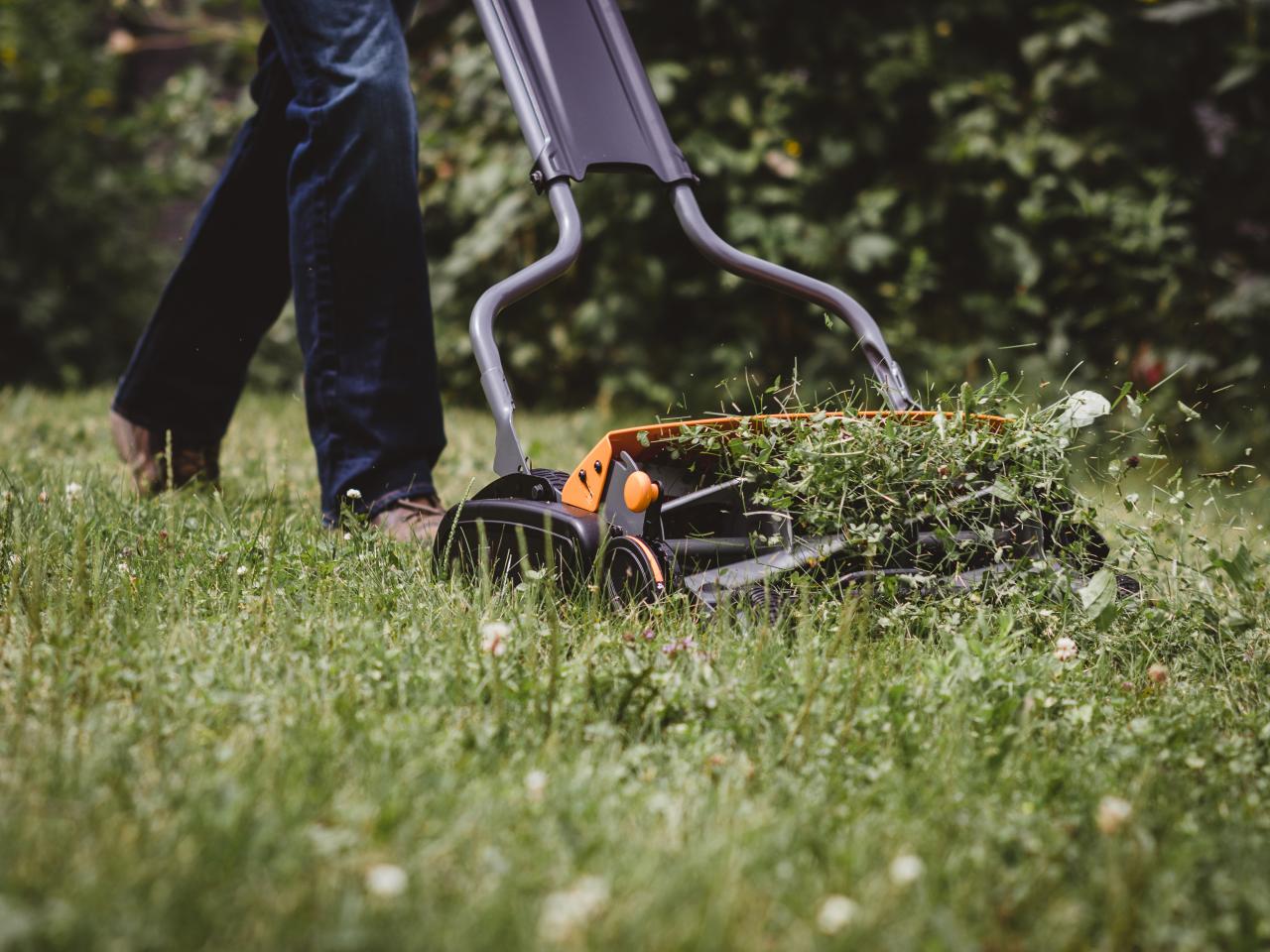
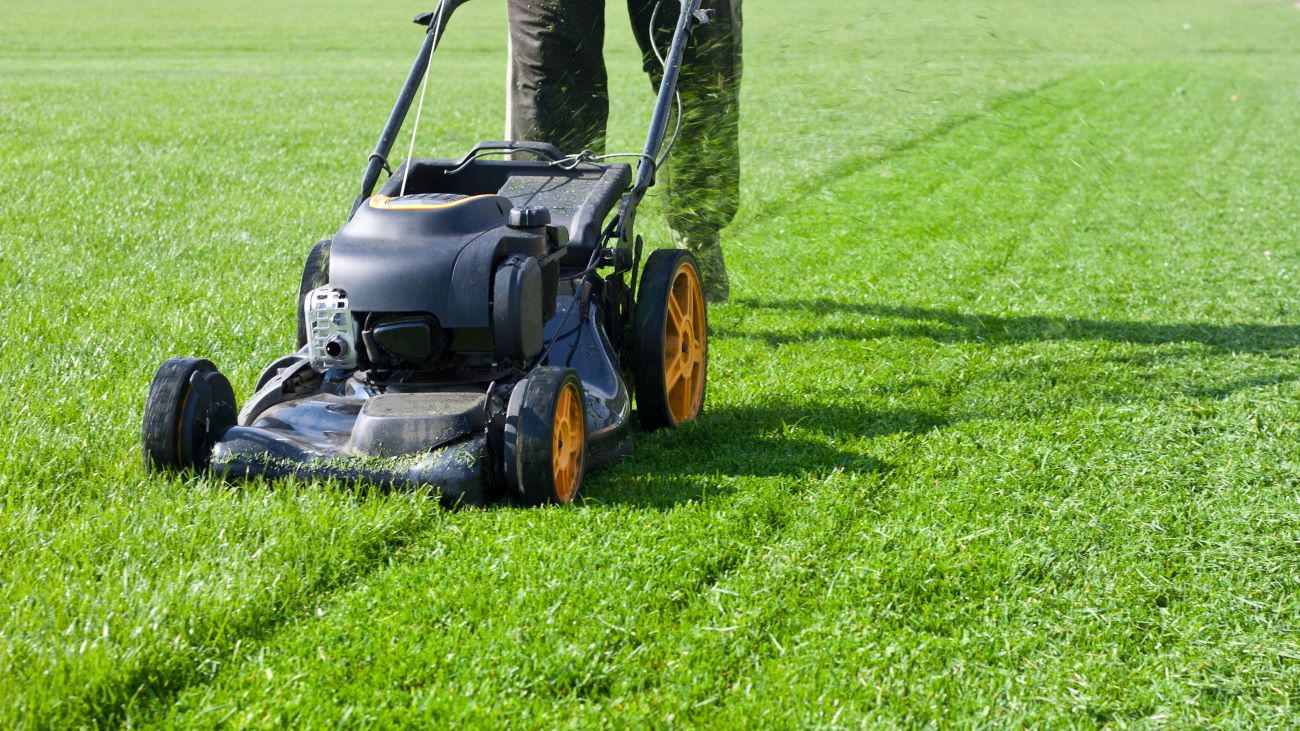
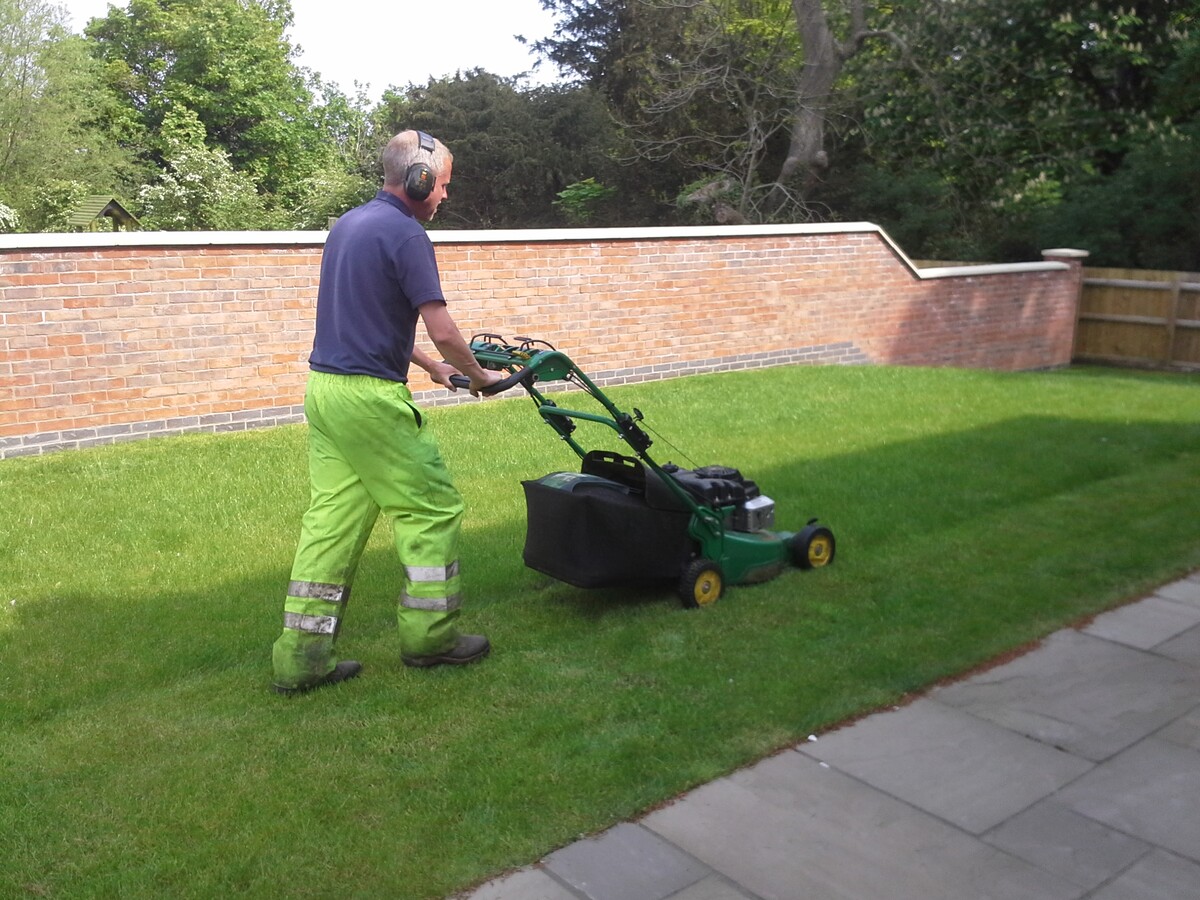
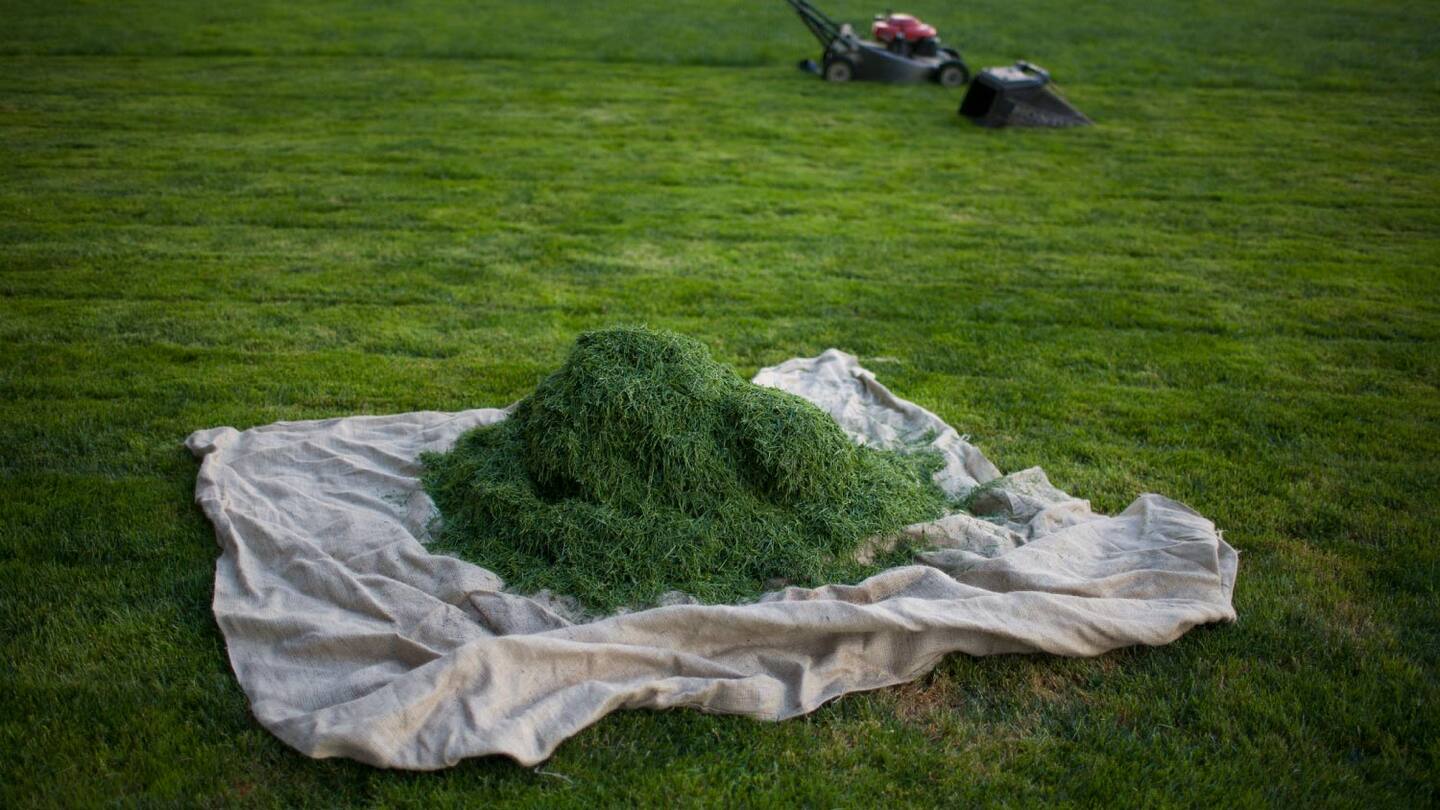
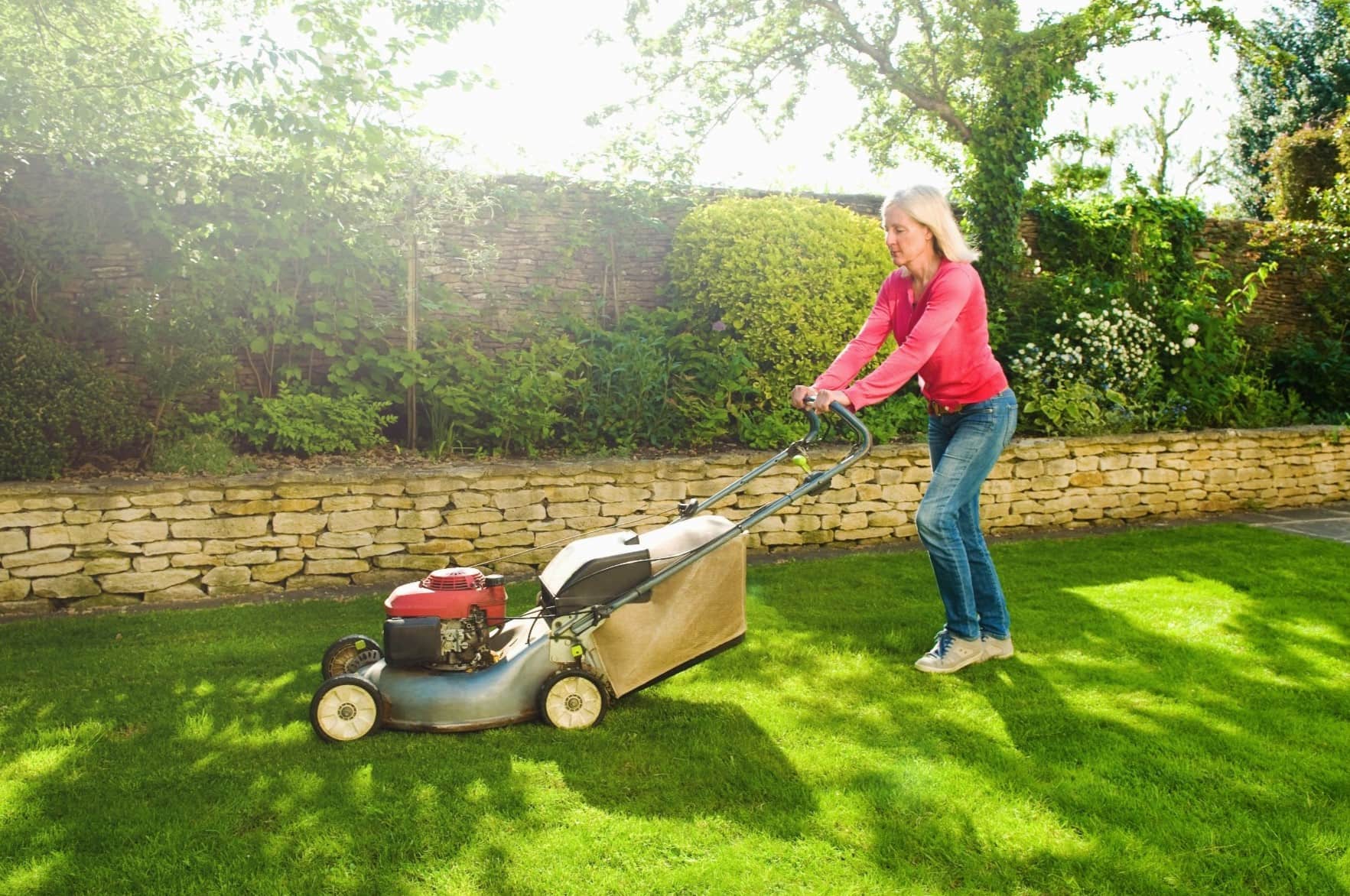
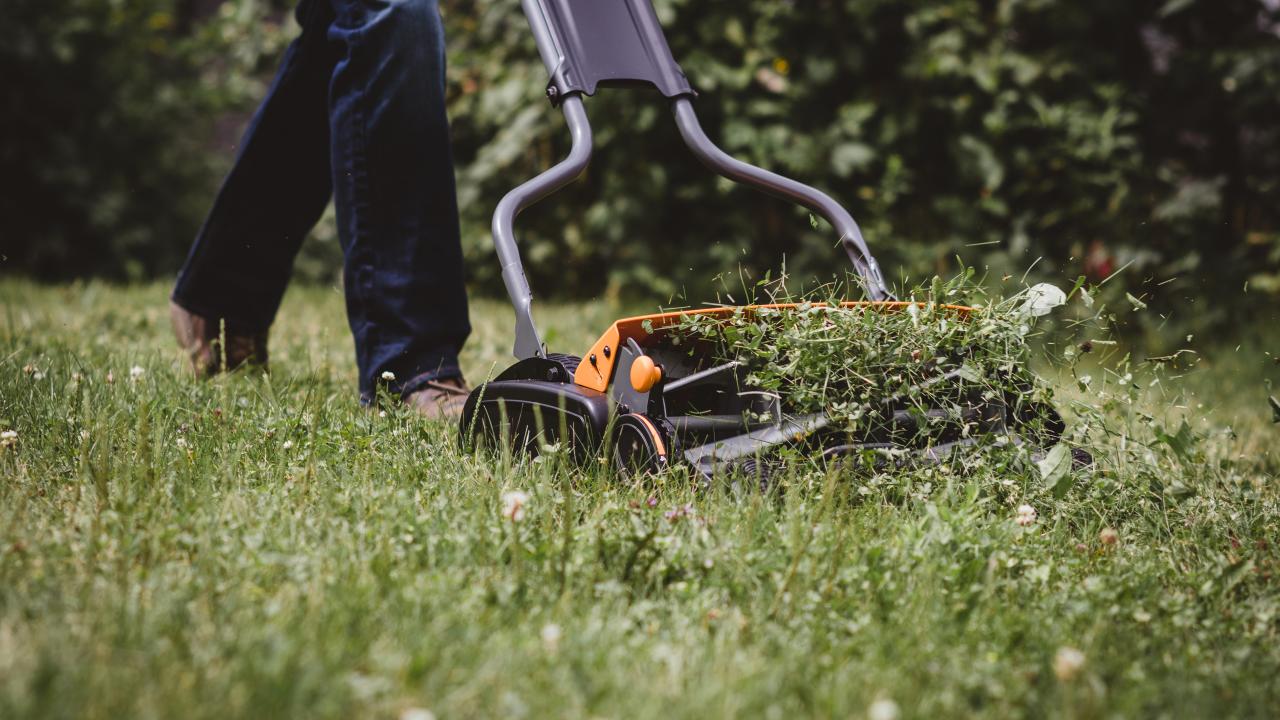
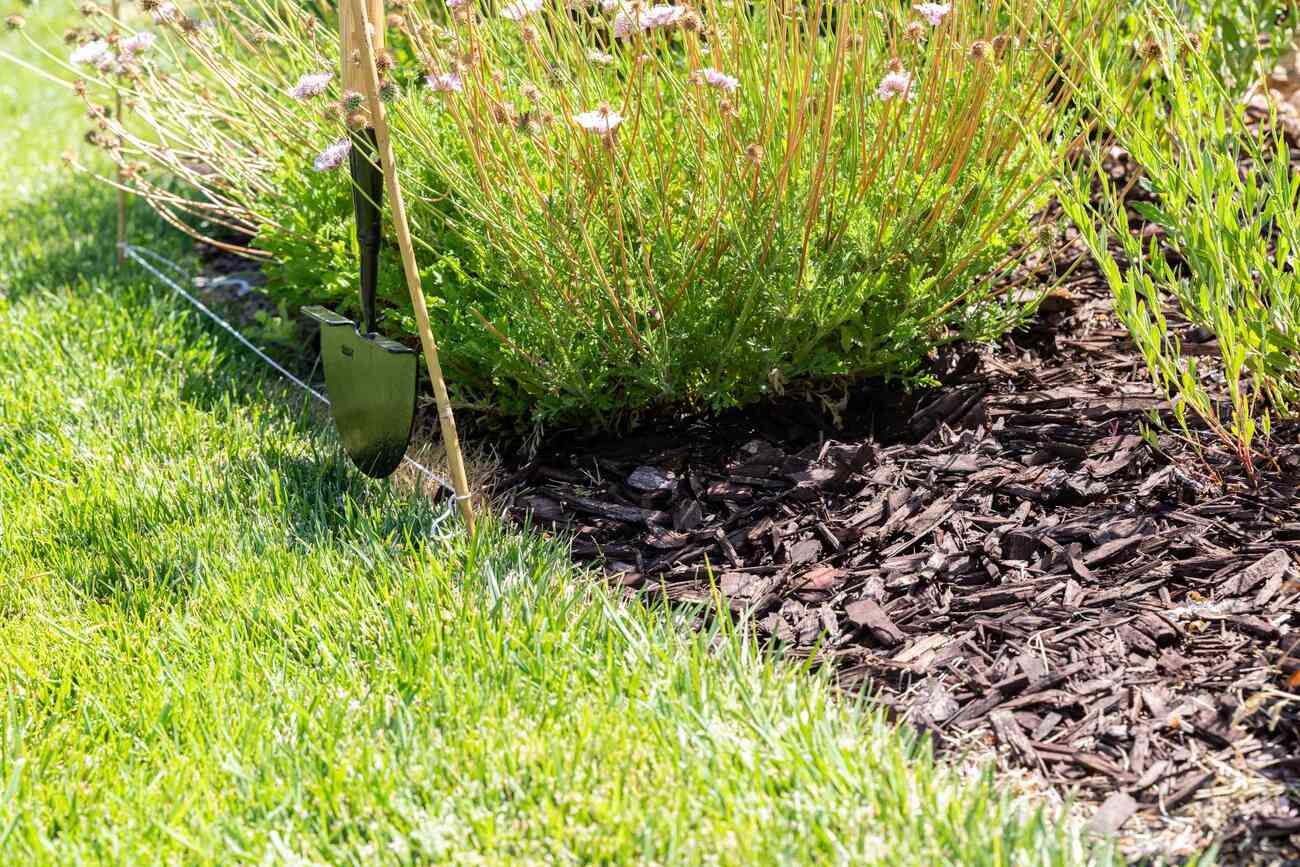

0 thoughts on “When To Cut Newly Planted Grass”